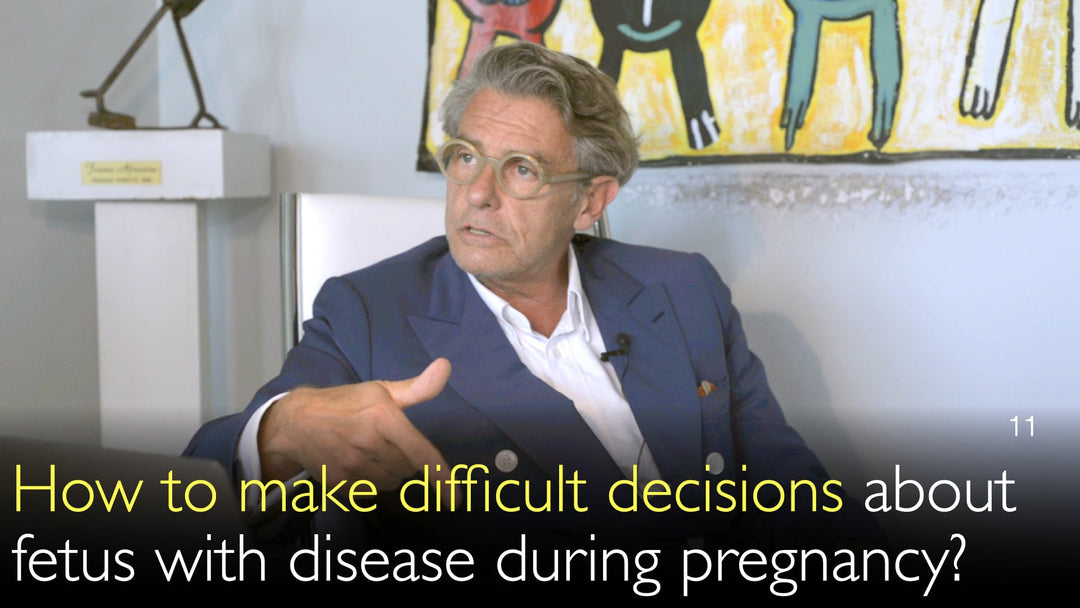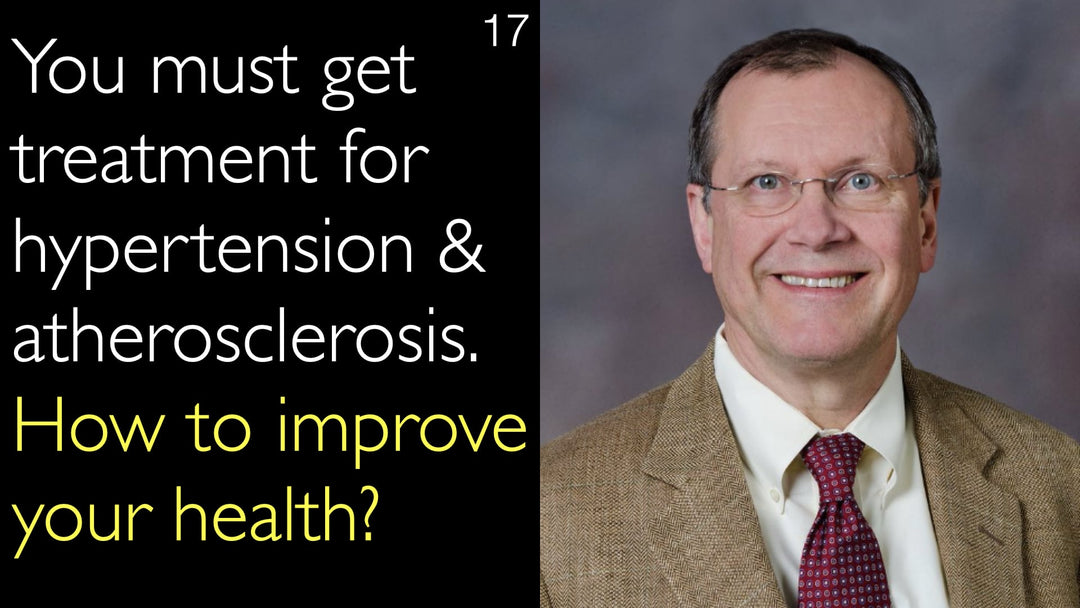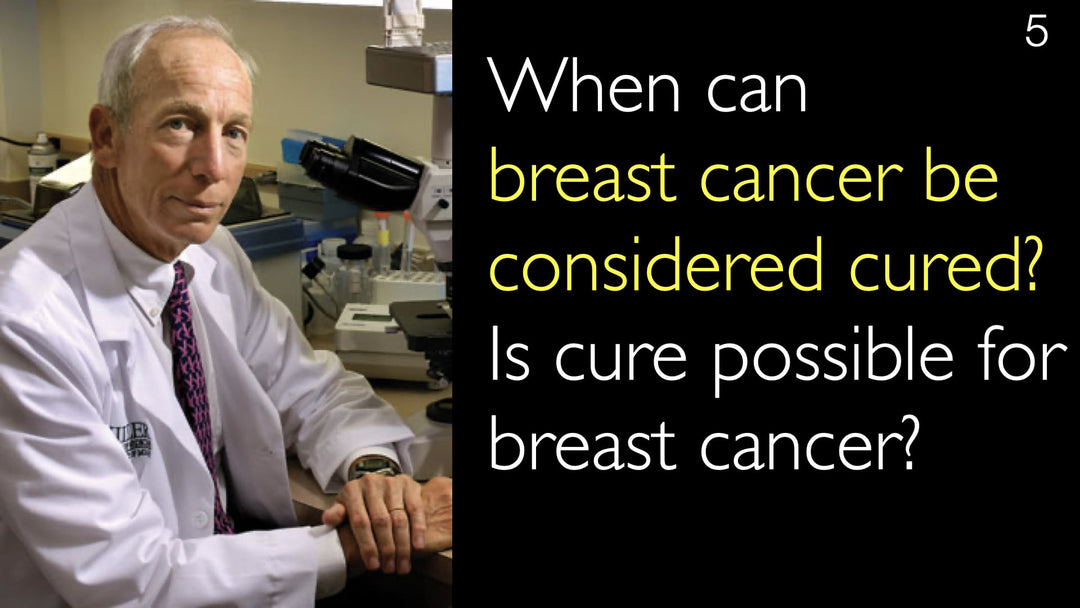Leading expert in fetal medicine, Dr. Yves Ville, MD, explains how complex fetal diagnoses create difficult pregnancy decisions. He details a clinical case of critical fetal aortic stenosis. Treatment options include in utero intervention with significant risks. Dr. Yves Ville, MD, emphasizes the importance of providing clear information and supporting maternal choice. He discusses the deeply personal factors that influence a patient's final decision.
Navigating Complex Fetal Diagnoses and Treatment Options During Pregnancy
Jump To Section
- Fetal Aortic Stenosis Dilemma
- In Utero Treatment Risks
- Patient Decision Making Factors
- Role of the Physician
- Psychological Influences on Choice
- Full Transcript
Fetal Aortic Stenosis Dilemma
Dr. Yves Ville, MD, presents a complex clinical case of critical fetal aortic stenosis. This serious heart condition is diagnosed via ultrasound during pregnancy. The diagnosis reveals a severely narrowed aortic valve, which restricts blood flow. This restriction prevents the left ventricle from developing properly, a condition known as hypoplastic left heart syndrome. A baby born with this syndrome faces a future of multiple surgeries and a significantly compromised quality of life. Dr. Anton Titov, MD discusses the profound implications of this diagnosis with Dr. Yves Ville, MD.
In Utero Treatment Risks and Outcomes
Dr. Yves Ville, MD, describes a potential fetal intervention for critical aortic stenosis. The procedure involves inserting a needle into the fetal heart under ultrasound guidance. A balloon catheter is used to dilate the narrowed aortic valve, similar to techniques used in adult cardiology. This high-risk intervention carries an immediate 15% chance of fetal death. The success rate for achieving a two-ventricle circulation is only around 50%, making the overall favorable outcome probability approximately 35%. Dr. Yves Ville, MD, explains that even with a successful procedure, the baby will likely need further treatment after birth.
Patient Decision Making Factors
Dr. Yves Ville, MD, highlights how patients process the same medical information differently. Some women focus on the 15% mortality risk and the uncertainty of success, choosing to terminate the pregnancy. Others are willing to accept the high risks, wanting to "do everything possible" for their baby, even with a low probability of a good outcome. A third group may opt for no intervention, allowing nature to take its course. Dr. Anton Titov, MD explores these diverse reactions with the fetal medicine specialist, noting there is no single correct path.
The Physician's Role in Supporting Choice
Dr. Yves Ville, MD, stresses the non-judgmental role of the medical team. The physician's primary duty is to ensure patients fully understand the diagnosis, all treatment options, and the associated risks and benefits. This involves clear communication and allowing time for patients to process the shocking news. The final decision always rests with the pregnant woman, as it is her pregnancy and her potential child. Dr. Ville's approach is to provide support and follow the patient's lead without imposing personal values.
Psychological and Personal Influences on Choice
Dr. Yves Ville, MD, explains that decisions are never made in a vacuum. Deeply personal factors from a patient's life history, relationships, and childhood often shape their choice. For example, a woman whose career depends on her appearance might struggle more with a fetal facial cleft diagnosis. Conversely, a woman for whom this pregnancy is a last chance to have a child may accept greater risks. Dr. Anton Titov, MD and Dr. Ville conclude that understanding these unique human factors is essential to providing compassionate care, as there is no universal pattern for these deeply personal decisions.
Full Transcript
Dr. Anton Titov, MD: Is there a patient story that you could discuss that would illustrate some of the topics and conversations today? Perhaps an example or an amalgam of clinical cases from your practice?
Dr. Yves Ville, MD: I think if you are looking for those dilemmas, some are very abrupt and very schematic: a disease that is curable. One woman would ask for a termination still because she's not willing to take whatever risk there is, and the other woman would like to go ahead with the pregnancy, irrespective.
For a disease that is easily treatable, like fetal anemia, you can encounter that. But if those people have to go over the shock of the announcement of the problem, you leave time, and you give information, you answer their questions. There's no reason why those people would then go and be insensible.
Most people are sensible, and you work for the majority of people. When people have a psychological or psychiatric problem, that's different, but then it becomes a maternal problem—an indication potentially of terminating or not the pregnancy, okay?
If you are dealing with sensible people, you shouldn't encounter that many of those stories at all. But if the treatment is uncertain, and I pick on another example, which is not fetoscopy, which is ultrasound-guided: say, the aorta of the fetus, the aortic valve is sick. You got critical aortic stenosis.
Critical aortic stenosis in early pregnancy, if this is severe, and the passage for the blood is minimal, the left ventricle will not develop. It will be hypoplastic left heart, and the baby will be born with one ventricle only, which then leads to several surgeries and nothing really like a cure. It's a life of surgeries and a life expectancy that is neither long nor comfortable.
So when you make this diagnosis—the diagnosis of fetal aortic stenosis is completely amenable to ultrasound—the options are: leave nature to have its course, terminate the pregnancy, or try to treat in utero.
What we do in utero, under ultrasound, is we put the needle in the heart, in the left ventricle. And we catheterize the stenosis of the aorta, of the valve. And we blow a balloon—the same balloons the cardiologists use for dilating coronary arteries. So you dilate the valve, and then you remove the needle.
So, one: this procedure is risky. The risk of death is about 15% straightaway. Two: this is uncertain in results because if you succeed in dilating the valve, you don't know if the dilatation will be enough for the blood to pass through and the ventricle to grow. So you need to allow several weeks after the procedure.
And with this, you can have the same clinical picture or ultrasound picture, different conversations, and completely different options. Some women would say, "Sorry, you told me that the success rate was 50%, the risk of the fetus to die from the procedure is 15%. So altogether, I'm left with a 35% favorable outcome, and the baby might need a dilatation after birth, and we hope that will be enough. I'm not taking that."
Another woman would say, "You've told me that this ventricle was already fibrotic, that the risk of death is 15%, and the risk of success is 10–20%. But I want to do everything I can for this baby, and if the baby dies afterward, right?" And some people would say, "Oh, 15% risk of death, and I'd rather do nothing," even if the probability that this heart can be put on its own feet—so to speak, with two ventricles—is 5%.
So again, this is a job for schizophrenic people. And you don't have to be judgmental. Just explain. Make sure people have understood everything and just follow the woman. It's her pregnancy, and that's potentially her baby or not.
Dr. Anton Titov, MD: Can you categorize the people, your patients—pregnant women—who are more likely to take these very diverse, potentially three decisions? Are there any trends? Is there any system that you see? Or could it be a complete surprise coming out from any type of person? Are there any patterns that you see?
Dr. Yves Ville, MD: Patterns? I wouldn't describe it as a pattern. But if you dig deep enough into their life, their history, their childhood, their relationship, you can find the origin of that decision.
Sometimes it's easy. You know, if you take—I don't know, it's a caricature again—but you have a fetus with a facial cleft, and this woman is a model. Why has she become a model? What was the pressure on her? Can she cope with a fetus with a facial cleft? Probably, generally. But it doesn't mean individually.
But generally, that will be more difficult for this woman than for a woman who has no outside influence on her behavior and appearance, no pressure, and for whom that baby will be the last chance to have a baby, for example.
You can't have a pattern. You have factors, always somewhere—deep enough, sometimes very, very easy to understand, sometimes very deep—that would build their decision. And that's the definition of a human being.







